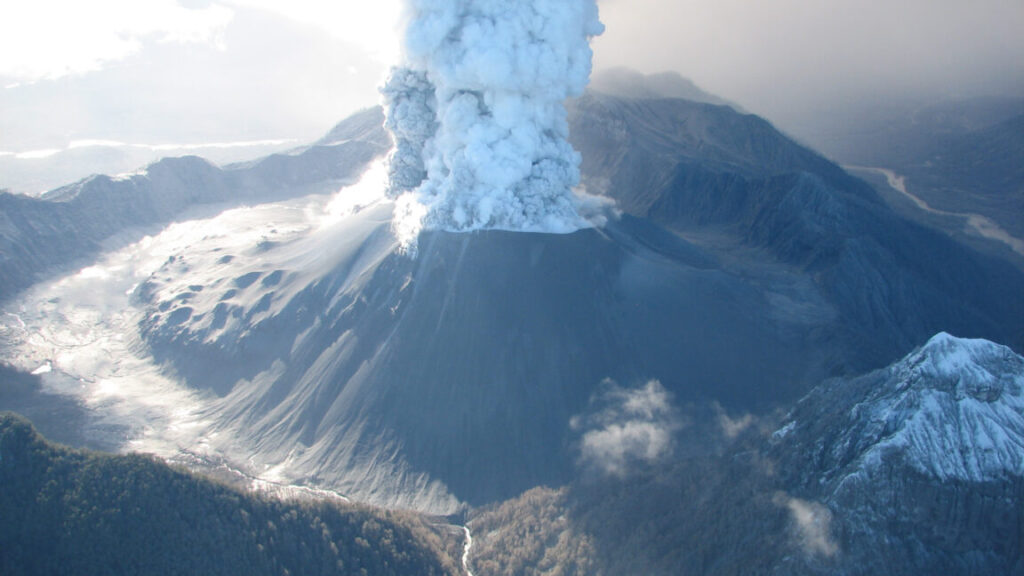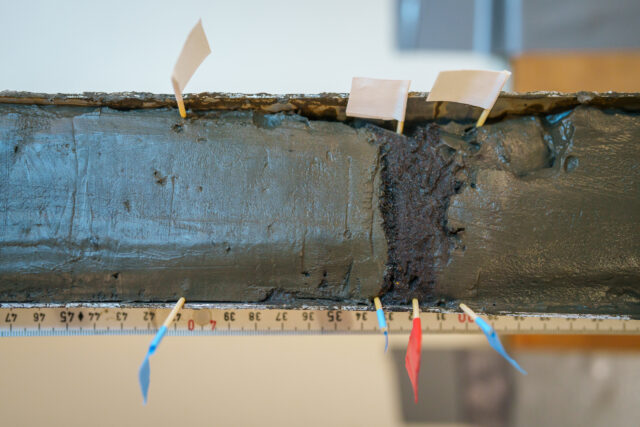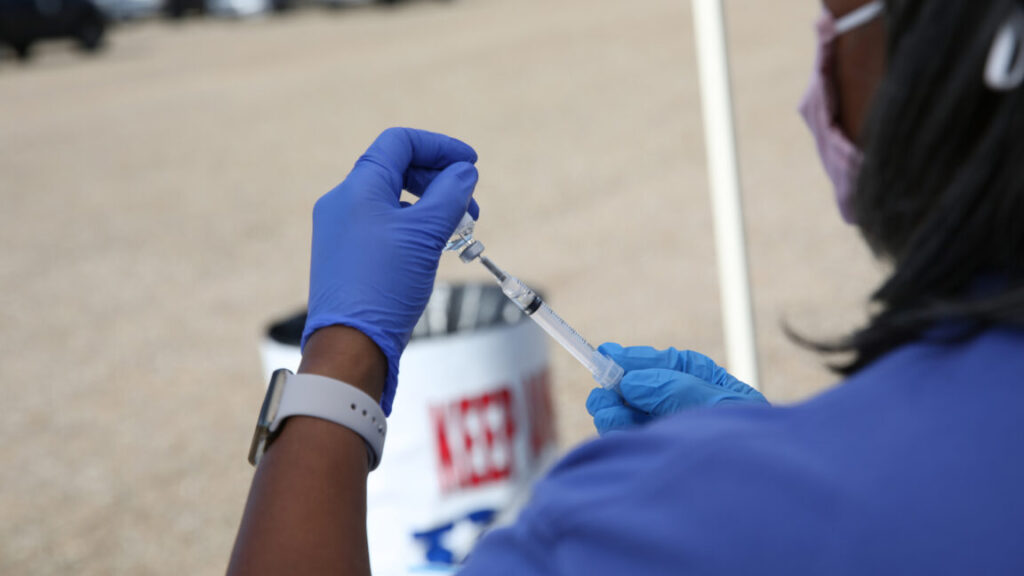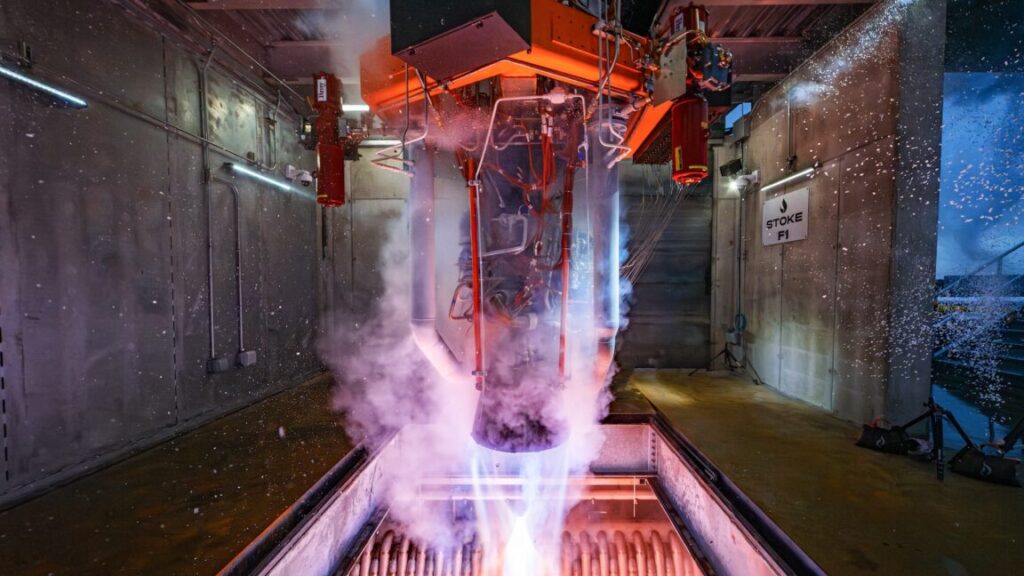Craving carbs? Blame an ancient gene.
“This observation is concordant with the recent evidence of Neanderthal starch consumption, and perhaps the availability of cooked starch in archaic hominins made possible through the domestication of fire,” the researchers said in a study recently published in Science.
Out of eight genomes examined, multiple copies of AMY1 were found in two Eastern Neanderthal genomes, one from a Western Neanderthal, and one from a Denisovan. So why did these extra copies evolve? While the exact reason is still unknown, the team thinks that the gene itself was copy number variable, meaning the number of copies within a population can vary between individuals. This variation likely developed before humans diverged from Neanderthals and Denisovans.
With the grain
To the research team, it was inevitable that copies of AMY1 in individual genomes would increase as former hunter-gatherers established agricultural societies. Farming meant grains and other starch-rich foods, and the ability to adjust those meant carbs.
And the data here is consistent with that. The team “found a general trend where the AMY1 gene copy number is significantly higher among samples excavated from archaeologically agricultural contexts compared to those from hunter-gatherer contexts,” as they said in the same study.
In genomes from pre-agricultural individuals, there were already anywhere from four to eight copies of the gene. The variation is thought to have come from groups experimenting with food-processing techniques such as grinding wild grains into flour. AMY1 copy numbers grew pretty consistently from the pre-agricultural to post-agricultural period. Individuals from populations that were in the process of transitioning to agriculture (around 16,100 to 8,500 years ago) were found to have about similar numbers of AMY1 copies as hunter-gatherers at the time.
Individuals from after 8,500 years ago who lived in more established agricultural societies showed the most copies and therefore the most evidence of adaptation to eating diets high in carbs. Agriculture continued to advance, and the last 4,000 years have seen the most significant surge of AMY1 copy increases. Modern humans have anywhere from two to 15 copies.
Further research could help with understanding how genetic variation of AMY1 copy numbers influences starch metabolism, including conditions such as gluten allergy and celiac disease, and overall metabolic health.
Can we really blame AMY1 and amylase on our carb cravings? Partly. The number of AMY1 copies in a human genome determine not only the ability to metabolize starches, but will also influence how they taste to us, and may have given us a preference for them. Maybe we can finally ease up on demonizing bread.
Science, 2024. DOI: 10.1126/science.adn060
Craving carbs? Blame an ancient gene. Read More »























